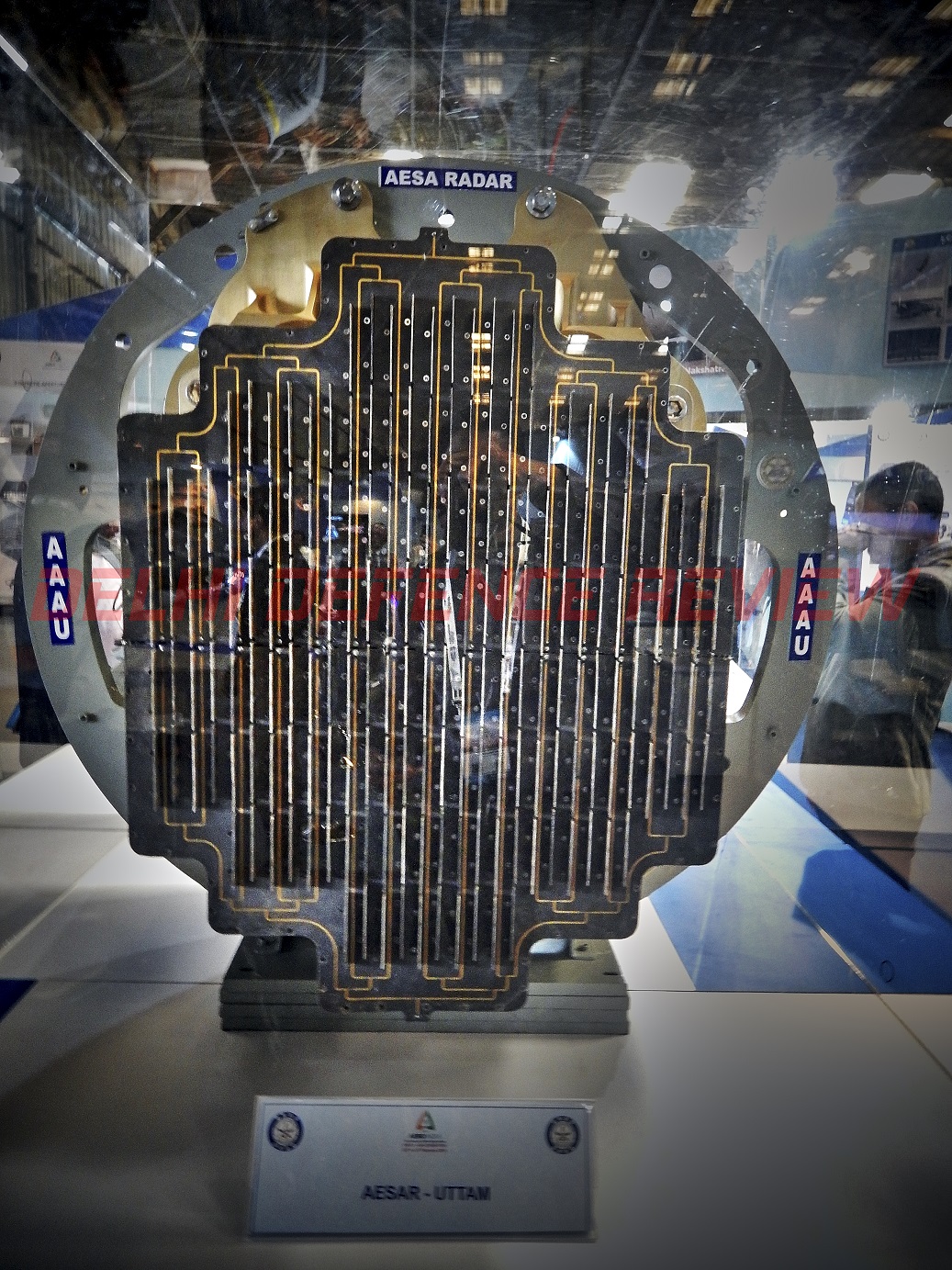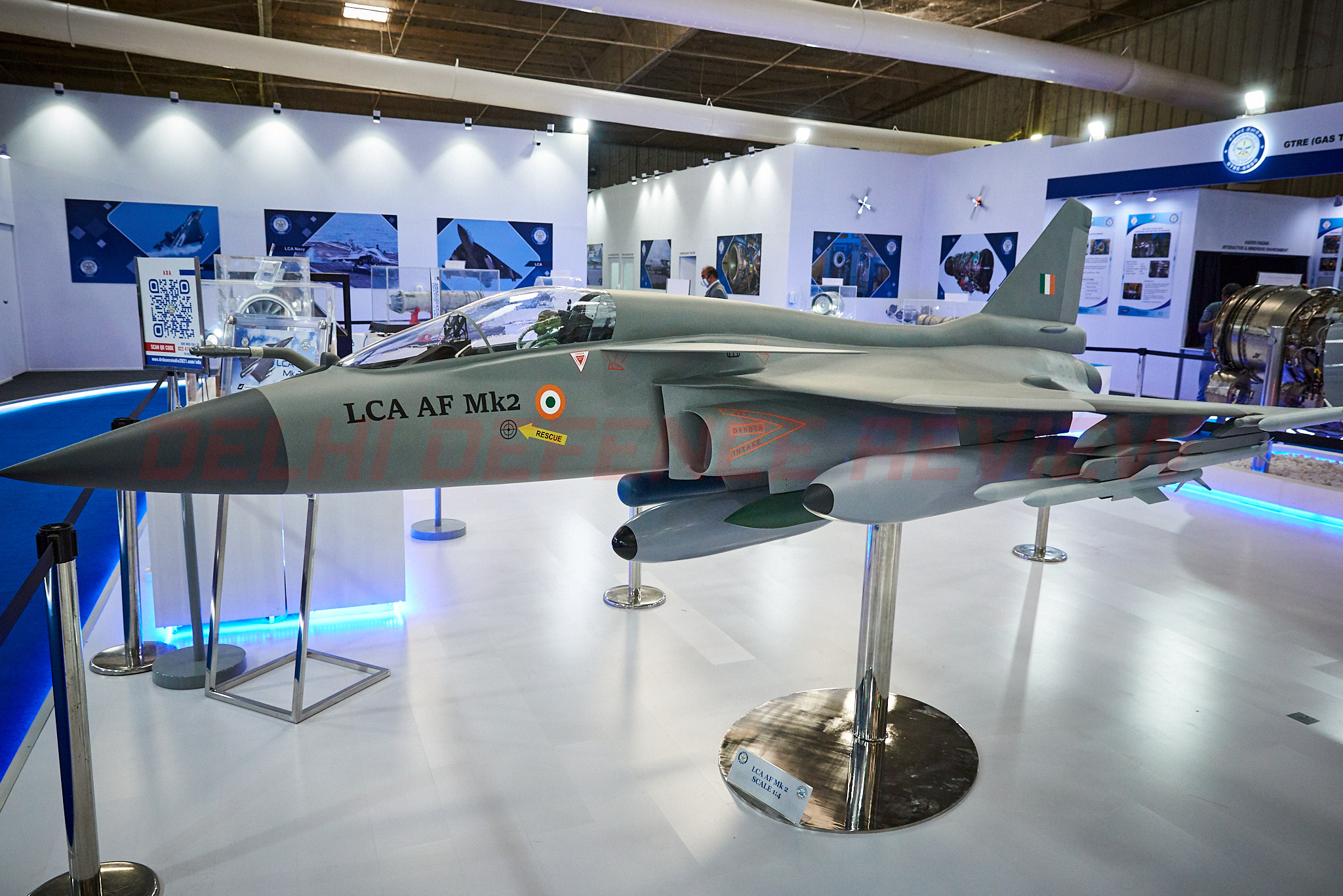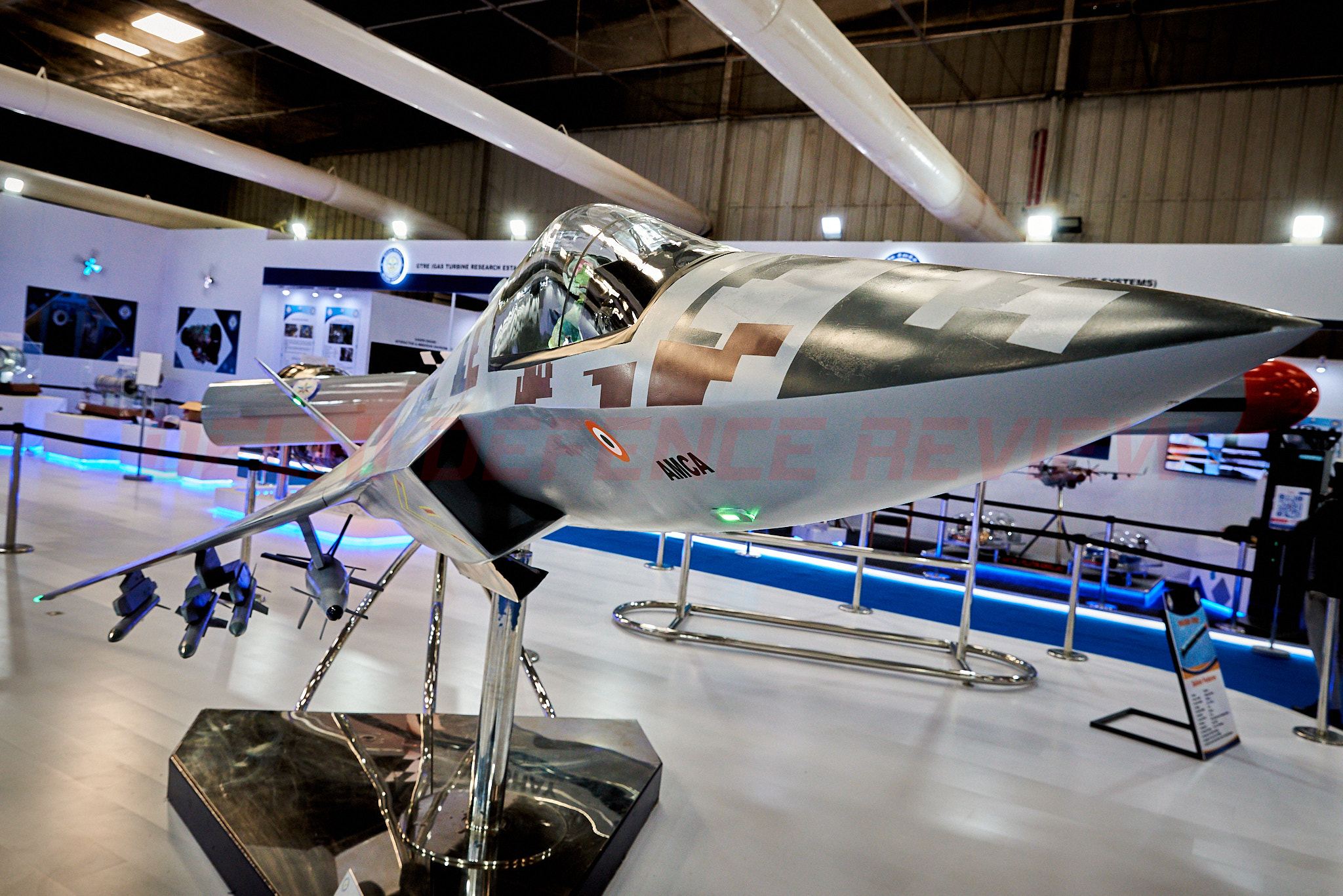On 26 August 2022, the Defence Research & Development Organization (DRDO) formally completed transfer of technology (ToT) for the production of the Uttam active electronically scanned array (AESA) radar to Hindustan Aeronautics Limited (HAL) in the presence of the senior leadership of the Indian Air Force (IAF). The Uttam, developed by DRDO’s Electronics and Radar Development Establishment (LRDE), Bengaluru, will equip the IAF’s Tejas Mk1A fighters that will begin to enter service from 2024. This development has taken place subsequent to the successful completion of the Uttam’s airborne test programme.

The indigenous Uttam AESA has been fully flight-tested for all air to air, air to ground, weather & terrain avoidance/following modes. Following the successful completion of the baseline Uttam project, fire control radars (FCRs) derived from it are being progressed for the Tejas Mk1A, Tejas Mk2 and Advanced Medium Combat Aircraft Aircraft (AMCA) as a combined ‘mission mode’ programme given the commonality between them.
On the initiative of the IAF’s senior leadership, the development of a scaled-up version of the Uttam to equip the Su-30MKI fighter fleet has also begun. The IAF, pleased with the development and performance of the Uttam, will depute some Su-30 MKI units for the development, integration, flight-testing and certification of said radar. ‘The Su-30 is our frontline fighter and we want our own AESA radar on it’, a senior government source told DDR.
As such, the lion’s share of development funding will be provided by the IAF for this effort, with DRDO providing the rest. Development of this scaled-up Uttam derivative i.e. for the Su-30 MKI will require 36-48 months, with flight testing estimated to begin after 24 months. Airborne testing is an extremely rigorous process that entails a variety of check points even if the same components are flying in other radar units on different aircraft.

Coming back to the Tejas programme, the Uttam derivative that will equip the Tejas Mk2 will be quite similar to the one designed for the Tejas Mk1A. Now, as far as the version that will equip the AMCA is concerned, while indigenous X-Band Transmit-Receive multi-modules (TRMMs) for the same are already under production, a full-scale prototype of the radar itself is yet to be produced. It is noteworthy that the business jet used for testing the Uttam baseline is being considered inadequate for serving as a test-bed for the AMCA-version and work is underway to modify a larger aircraft to serve as a new ‘hack’ for this purpose.

Former HAL CMD R.Madhavan had declared in an interview to CNBC TV-18 some time ago that the Uttam radar will be part of Tejas Mk1A deliveries from the 21st fighter onward. DDR has learnt that this plan might have been modified now. There are indications that the indigenous Uttam derivative may start equipping Tejas Mk1A fighters only from the 41st unit produced, thereby reducing the initial order size for Uttam radar sets to 33 units from the 53 units that was being projected earlier. HAL could not be reached for comment.
Now, HAL had signed an agreement with the Israeli company Elta for equipping the initial lot of Mk1A fighters with the latter’s EL/M-2052 airborne AESA radar as a sort of stop-gap measure. This was apparently done to provide DRDO enough time to develop the Uttam radar. Given that the production-version of the Uttam for the Tejas Mk1A is at an advanced stage of production readiness, it is of the utmost importance that it be put into production as planned. A fleet of Tejas Mk1As with an almost equal mix of Israeli and Indian radars is sub-optimal. Apart from doubling the IAF’s overheads in terms of training, it will also create operational difficulties by increasing maintenance complexity for Tejas Mk1A detachments that are on deployment away from their home airbases.
The problematic aspects of maintaining foreign sub-systems is a rather underplayed subject. Moreover, the associated costs and upkeep problems for such imported sub-systems often rise in a non-linear manner with age. It should be obvious that sending sub-systems to Bengaluru or Hyderabad for maintenance instead of to foreign shores (as is often enough the case with imports) is not only cheaper and quicker but also safer. Given the performance of the Uttam, which has seemingly pleased the IAF, the case for early deployment of the same on the Tejas Mk1A becomes that much stronger.
HAL is reportedly in the process of placing orders for a tranche of Israeli radar sets even as their flight testing and evaluation on a LCA platform is not yet complete. While the performance of these Israeli radars is expected to be as per requirements, their number needs to be within requirements, government sources aver. It should be noted that HAL has already selected the EL/M-2052 for equipping a part of the IAF’s Jaguar fleet (about five dozen units) as a feature of the DARIN-III upgrade package.
As of today, India has robust capability across the entire gamut of radar technology with the active participation of domestic industry. As such, the antenna array comprises nearly two-thirds of the cost of any airborne FCR. TRMMs themselves comprise nearly 50-60 per cent of the cost of the antenna array, thereby accounting for around a third of a FCR’s cost. Importantly, these components are now made in India, with companies such as Data Patterns, Astra Microwave, Coral etc. all having credible manufacturing capability and capacity in this domain.
These companies today produce Gallium Nitride (GaN) based components for radars as well. GaN technology enables radars to see farther, better and at higher efficiencies than their Gallium Arsenide (GaAs) based counterparts. Needless to say, buying a greater number of Indian radars will bring economies of scale into action which will drive down the Tejas MK1A’s overall cost of production besides ploughing investment into advanced technology arenas domestically.
Today, DRDO is in the process of developing next-generation systems such as photonic radars, tile-based radars, cognitive radars etc. The development of cutting edge technologies requires orders for current generation products. This will also enable the setting up of a deeper supply chain and drive down costs across the board for the IAF which is looking towards fielding Uttam-derived FCRs on 260+ Su-30 MKI, 120 Tejas Mk2 and 120 AMCA units. The Indian Navy too will use an Uttam derivative on the prospective Twin Engine Deck Based Fighter (TEDBF), of which at least 40 will be inducted.
India is moving forward with Atmanirbharta in defence. However, this can only be sustained by procuring indigenous products in appreciable numbers at the very initial stage itself. Simply put, minimum order quantities for indigenously-developed systems will have to improve. If India has to climb higher in the export market it should seek to provide better economies of scale to its own products. The Uttam AESA radar is now ready and it is time for India to stand by it.
© Delhi Defence Review. Reproducing this content in full without permission is prohibited.































